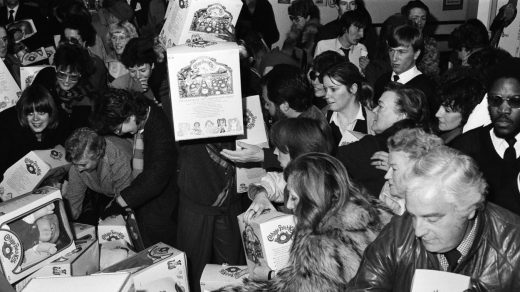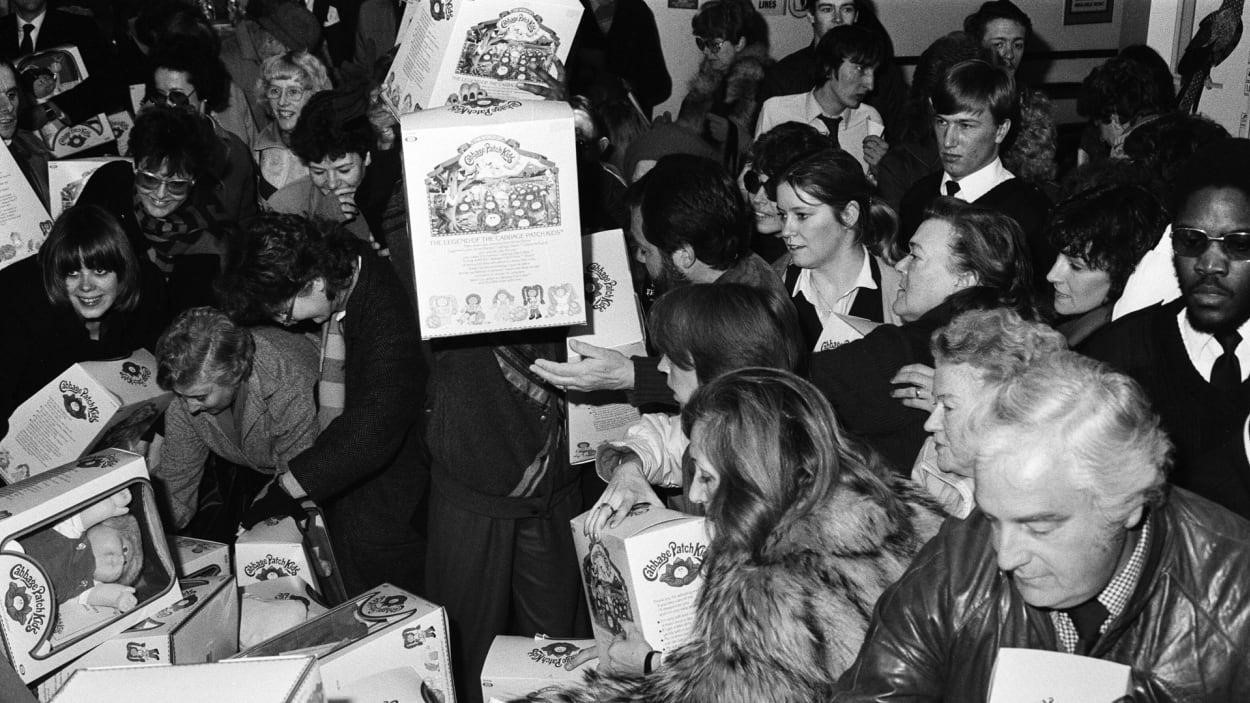Inside the Cabbage Patch Kids frenzy and Black Friday riots of 1983
For those who were of a certain (young) age in 1983, there’s no need to recount the phenomenon of Cabbage Patch Kids. They took the toy world by storm when they first hit the market, creating an instant obsession among kids wanting to “adopt” a scrunchy-faced, soft doll that came with adoption papers and a backstory. The demand, driven by off-the-charts FOMO, for the unconventional—the word “ugly” is often applied—dolls was so high that supplies quickly ran out, creating literal mob scenes at toy stores over Black Friday weekend and the holiday shopping season that year.
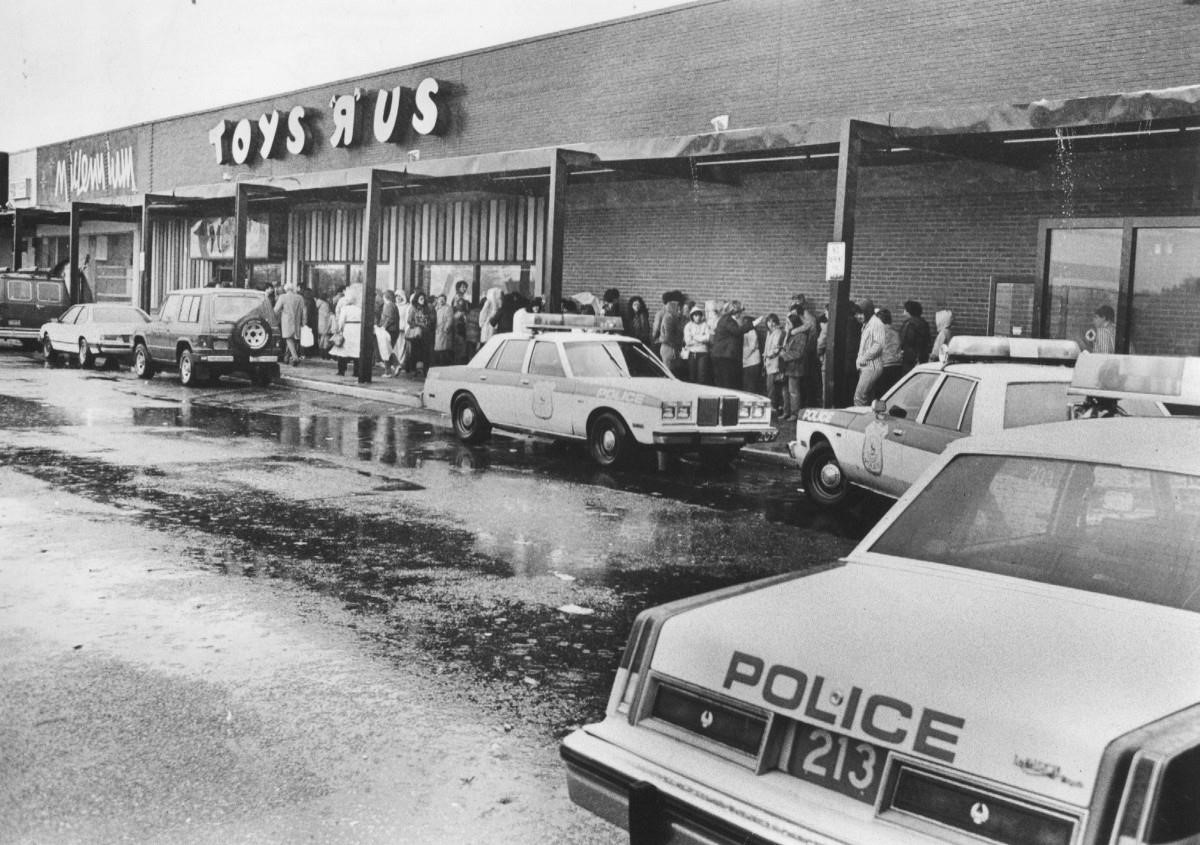
Documentary filmmaker Andrew Jenks (Dream/Killer, It’s Not Over) makes the story of Cabbage Patch Kids the subject of his new documentary Billion Dollar Babies. Narrated by Neil Patrick Harris and in theaters now, the documentary explores not just the consumer madness that so exemplified the go-go era of Reagan America, but the unlikely story of how the $2 billion Cabbage Patch empire was spawned by a soft-spoken Southern artist turned toy tycoon, Xavier Roberts, whose business began when he created a doll hospital in Georgia (Babyland—it’s still operating) where dolls were “born” among leafy green fields and cared for by nurses.
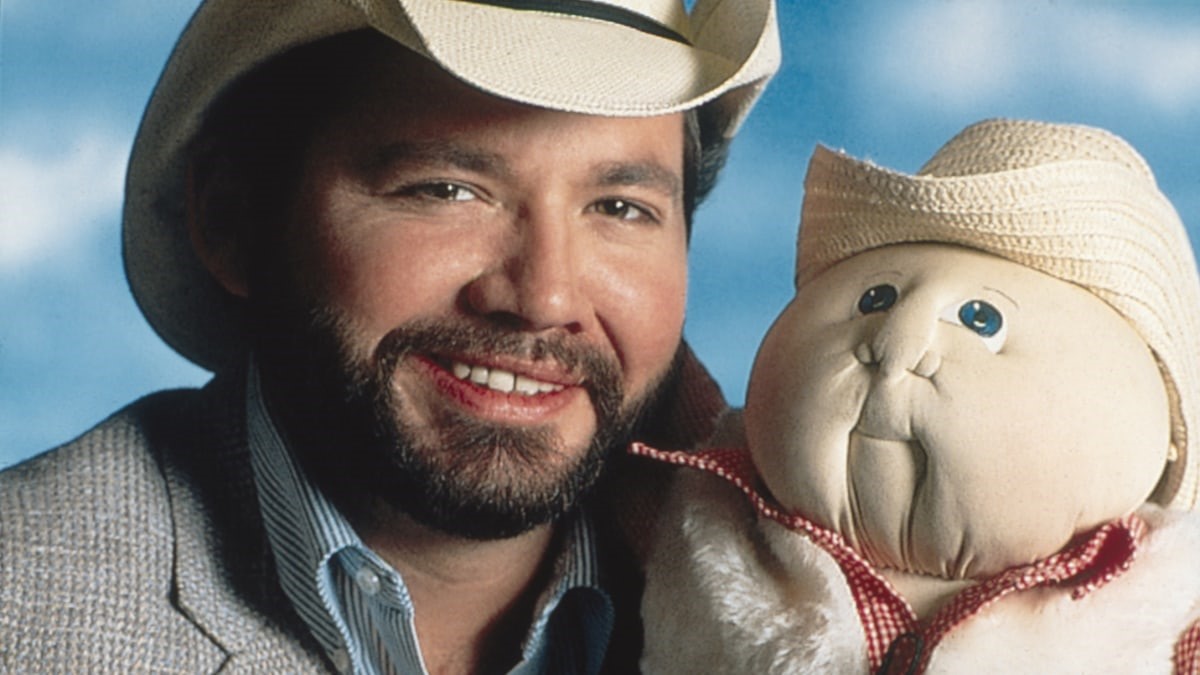
In conversations with Roberts, who has not given in interview in decades, and the surrounding players who fueled the Cabbage Patch fury, Jenks lays out a tale built on greed and old-school artistry and media. A Cabbage Patch segment on NBC’s Today ran nearly five minutes; nearly twice the time that the show would devote, say, to a Middle East leader, Connie Chung notes in the documentary.
Jenks talked to Fast Company about the sleuth-work involved in tracking down Roberts; the viral nature of the Cabbage Patch frenzy; and the complexities surrounding the IP ownership claims over who first dreamed the dolls up.
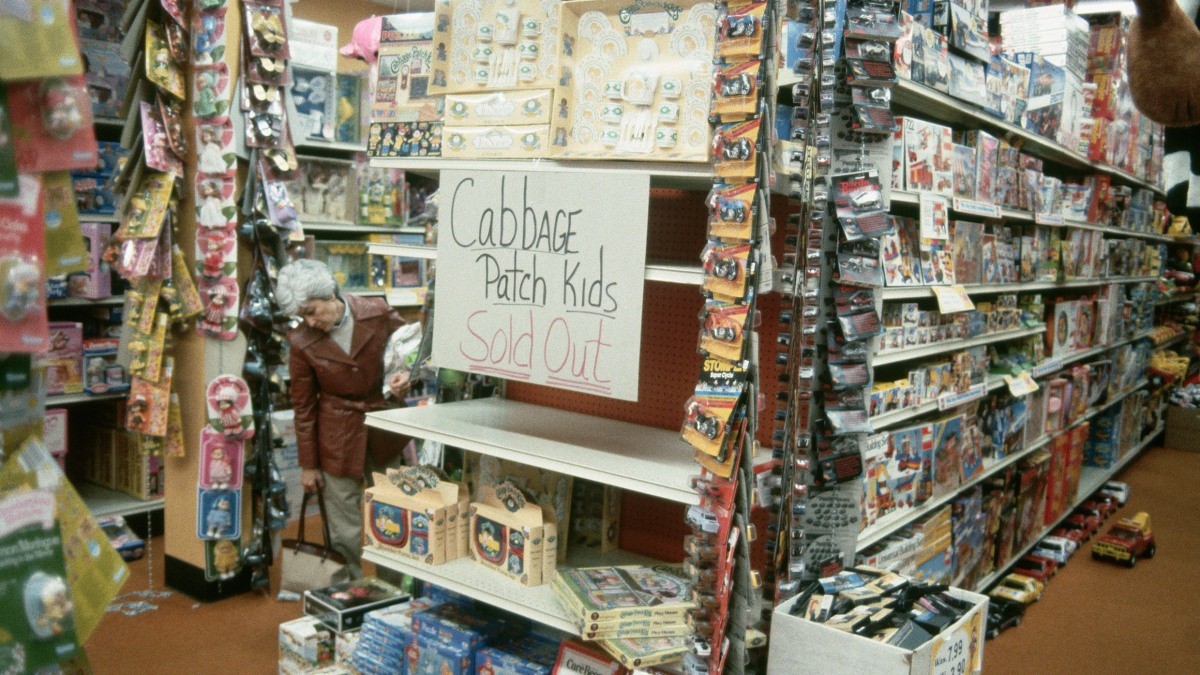
You’ve had an interesting career as a documentarian: covering the 2012 election for MTV, making a film about an all-deaf, high-school football team, and creating the popular podcast series Gangster Capitalism. What got you interested in Cabbage Patch Kids?
I think it started at a pretty simple place. Just YouTubing Cabbage Patch Kids, alone, you go down this rabbit hole of seeing the melees and fights and people with bats and threatening each other, and just this craze at malls and stores. You’re quickly just thinking, Man this was all over a doll. What’s going on?
In the early days, I was interested in the kind of supply and demand of it all. And how it was this very clear example of—and ultimately reinforced to a lot of toy companies, and all sorts of companies—how scarcity can create fear, which can create higher demand and more press, and so on. One of the tidbits I learned early on was that the U.S. government actually ended up making this false advertising charge against Coleco, the maker of Cabbage Patch Kids, saying they were “harassing” children by running ads for dolls that weren’t available. [The demand for Cabbage Patch Kids was so high when they went on sale in 1983 that supplies ran out.] Coleco had to actually discontinue further advertising. They made this big announcement about having to pull commercials. And of course that just created even more of a craze.
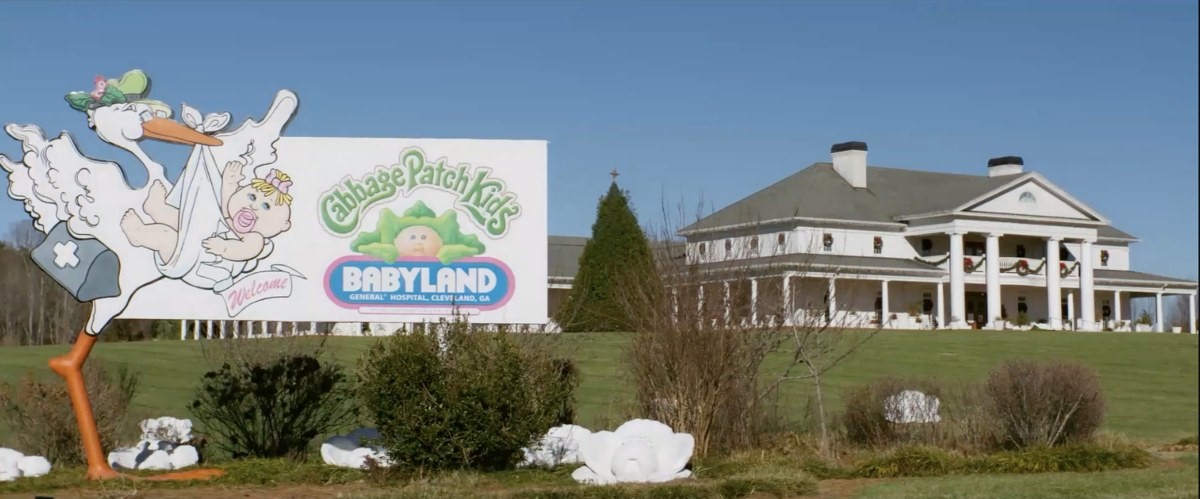
The role of media and advertising is interesting in the Cabbage Patch narrative. As you point out in the film, their release coincided with the FCC lifting restrictions on running toy ads during children’s programming, so suddenly there was this complicit, and very direct, relationship between toy companies and kids. Not to mention that back then the power of television and television advertising was insanely high. There was no YouTube or other screen experience vying for kids’ attention.
Cabbage Patch Kids also were on wherever you looked: Letterman, Johnny Carson, Newsweek, Saturday Night Live, Night Line. Ronald Regan called wanting to do something with Cabbage Patch. They took one into space with astronauts. There weren’t as many (media) outlets as there are now, but the ones that did exist, they were all over.
Also, Coleco did some interesting things with their advertising—like, they marketed the doll to boys. So, there were a lot of commercials with boys playing with Cabbage Patch Kids, that had never really been done before. There were different marketing strategies that they took on
The film is as much about Cabbage Patch Kids as the man behind them, Xavier Roberts, who’s a fascinating mix of Michael Jackson man-child showman, soft-spoken Georgia gentleman, and cutthroat business guru who saw an empire in quirky-looking—many say “ugly”—dolls. He’s also a bit of a recluse. How did you get him to agree to participate in the film?
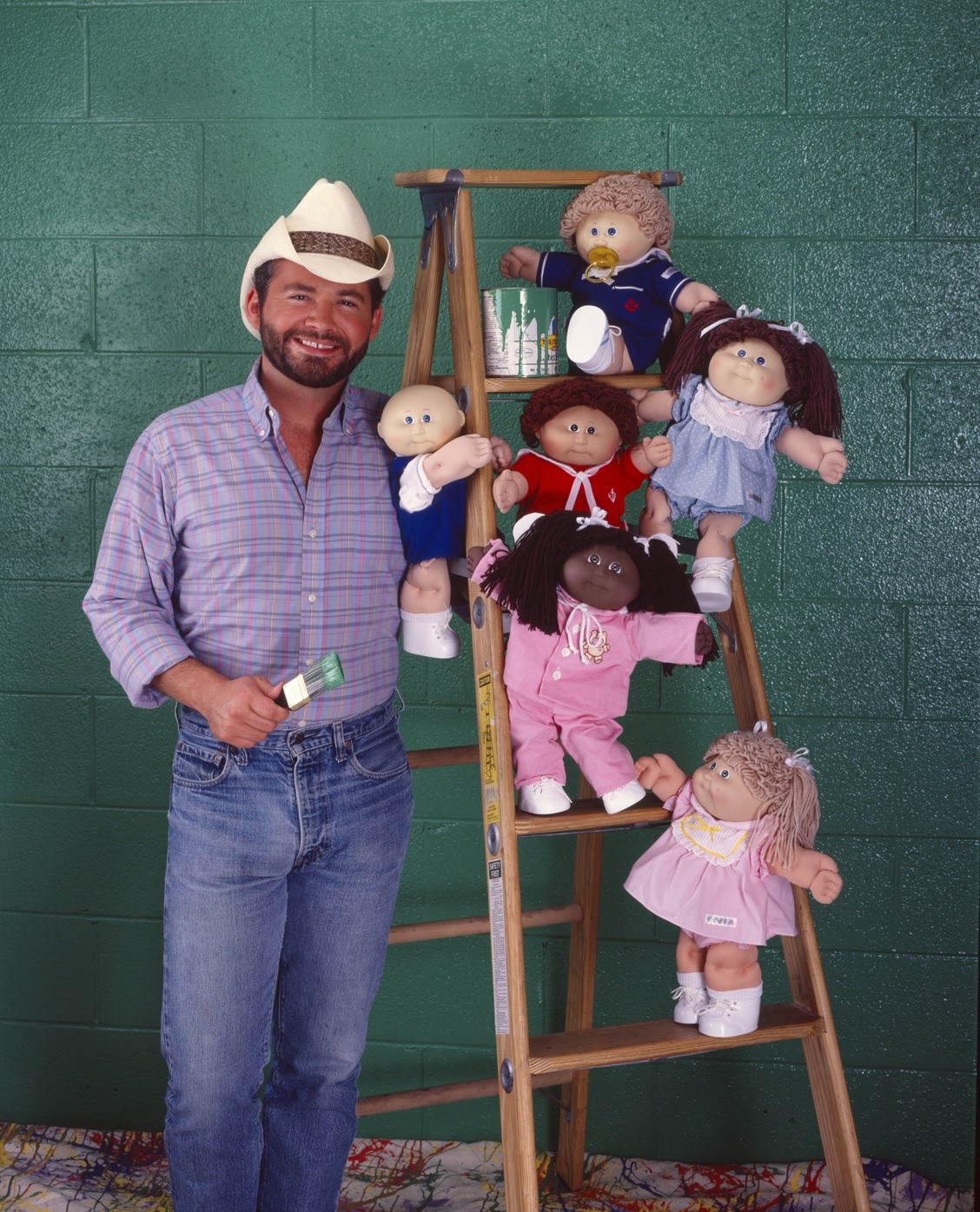
We actually began production without knowing whether we could really find him. It took months and months. He’s never done an interview where everything was on the table. He’s done interviews here and there for a couple minutes, for very specific promotion kind of things. But he hadn’t done any interview on camera so far as we could tell for like 20, 25 years. You could hardly find pictures of him recently. There were all sorts of whispers about how he lives in France now. There was this mystique.
So, I found a yearbook from the high school he went to and I started calling classmates of his. He was just very difficult to find. We had a private investigator help us. Eventually, I tracked down someone he had worked with, and still does, and started talking to her and that was kind of the beginning.
I didn’t meet Xavier until we went down to Georgia (to film). I told him that—it wasn’t a threat—but that we were making the documentary either way. And that I didn’t know how many times there would be a feature documentary on Cabbage Patch Kids, and he’s getting older in age, so why not take part in it? Another thing I said was, If you look back at my work, I’m not a gotcha guy or anything like that. So, if you’re interested, take a look at my past work and you’ll see I’m not out to get anyone.
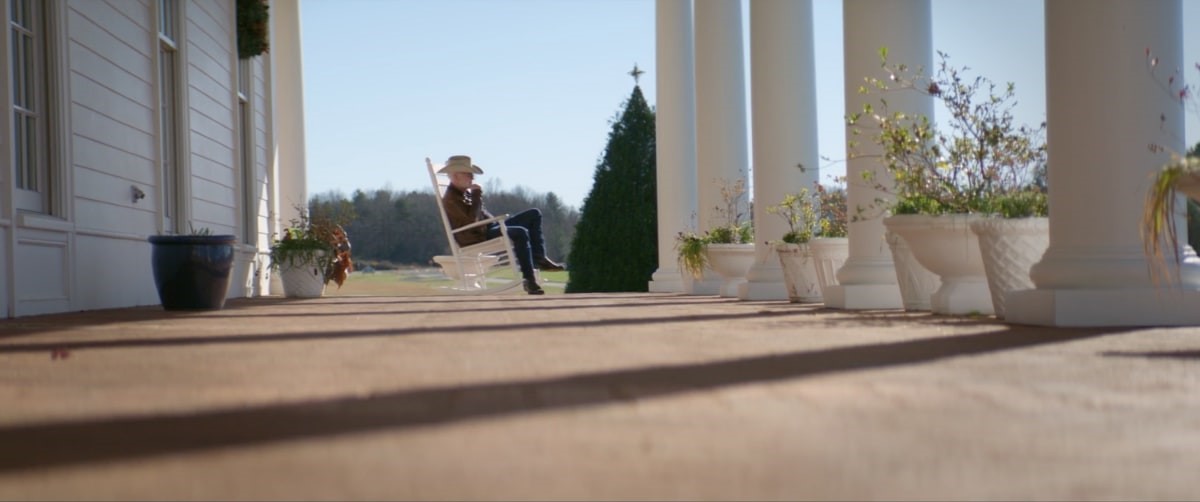
The film also delves into the controversy over who exactly is responsible for the creation of Cabbage Patch Kids. Roberts got the idea for them from Martha Nelson Thomas, a Georgia artist who sewed what she called “Baby Dolls” in her home and sold them at local art fairs—which is how she met Roberts. Thomas’ dolls looks uncannily like Cabbage Patch Dolls and she came up with the notion of no two dolls looking alike. The film examines how Thomas never got credit for, or any revenue from, the “billion dollar babies.” What did you make of this moral/business quandary?
There are certainly different ways to look at it. Let’s start with this one: Is what he did illegal? No. He got the copyrights, he did all of that by the book. That said, though, did he steal the idea? Well, certainly the dolls have a similar look. But more than that, they have a similar concept. Each doll has a backstory, they have a unique name, they came with papers of some kind that made the doll even more of a person, an individual. And then obviously [Roberts and Thomas] ran into each other and he has this note where he says more or less that he’s going to continue in his business with or without her. That letter is pretty damning. But all of that said, I do think there’s something to be taken seriously—by the way, I can’t believe we’re talking about all this when it’s over Cabbage Patch Kids, that’s what I love about this film.
I don’t dismiss him out of hand when he says that without her there is no Cabbage Patch Kid. He says something akin to “No Martha, no Cabbage Patch.” I think there’s a lot to be said for that. And I’ve gotten a 50-50 reaction to that. Literally half the people say, “Oh my God, he stole the idea from Martha!” And the other half say, “He did not steal it, he was inspired by her. He’s an amazing business man and he did an incredible job of creating this empire.”
The phenomenon in stores over the holiday season of 1983 feels unprecedented. A store owner literally wielded a bat to try to calm down the crowds. There were tears, bruises, screaming matches. Was this the first instance of a toy going viral?
There have certainly been toys before that created quite an uproar. I think a lot of it had to do with the dolls coming out specifically around Thanksgiving and Christmas time, or at least that’s when it really took off.
Listen, there were 150 [Cabbage Patch Kid] licenses around the world. They sold 20 million diapers, they had low-sugar cereal (which actually didn’t do very well), bubble gum machines, greeting cards, jeans, shoes, lunch boxes, pajamas, bikes. Someone in the film says they had everything from A to Z: an apron to a zipper. They created this whole world so it was about more than just the doll, and I think in that way they really succeeded.
I think Cabbage Patch Kids was really one of the first toys that were able to open it up into that level of consumerism, which also speaks to the 1980s and kind of what society and culture was like around then.
There have definitely been mobs for toys and different things throughout history but we started to really realize that this might be the first—it’s hard to say definitively—but it certainly was the first time that we could find that there was something that came out during the holiday season where there was that level of lines and just overall madness. It feel like in some ways other companies realized how they could use Black Friday and just holiday shopping as a real marketing tool in ways that maybe hadn’t been done before.
What’s your own collection of Cabbage Patch kids like?
While making the movie, I purchased a lot of Cabbage Patch Kids because we were shooting B roll and lots of shots of them so I needed a wide range of dolls. I kept them in my apartment. On one of my first dates with my girlfriend, now fiancée, she came over to my apartment, and I totally forgot about the Cabbage Patch Kids that were all over the place. So, she walked in and I was so embarrassed, like, she’s going to think I’m a serial killer, oh my God. Luckily we got over that hurdle. But I definitely have quite a few.
(3)

